
“Google only loves you when everyone else loves you first.” – Wendy Piersall
Understanding Search Engine Results Pages (SERPs) is important for improving your website’s visibility and driving organic traffic.
As a digital marketing professional, learning SERP analysis can give you a significant edge in crafting effective SEO strategies. Let’s learn the essentials of SERP analysis and how we can leverage it to boost your online presence.
What is SERP Analysis?
SERP analysis is the process of figuring out the top-ranking results for specific keywords to understand what content is currently performing well and why. This analysis helps you identify opportunities to improve content uncover valuable information about our competitors and improve our SEO strategy to rank higher in search engine results.
SERP analysis is not just about looking at the top-ranking websites; it’s about uncovering the ‘why’ behind their success.
“Google’s search results have evolved beyond just 10 blue links. Today, they’re an interactive experience packed with instant answers, images, videos, and even AI-generated insights. If you’re not optimizing for these SERP features, you’re leaving visibility on the table!”
What are SERP Features?
- Featured Snippets: These “position zero” results offer direct answers to queries, often in the form of paragraphs, lists, or tables.
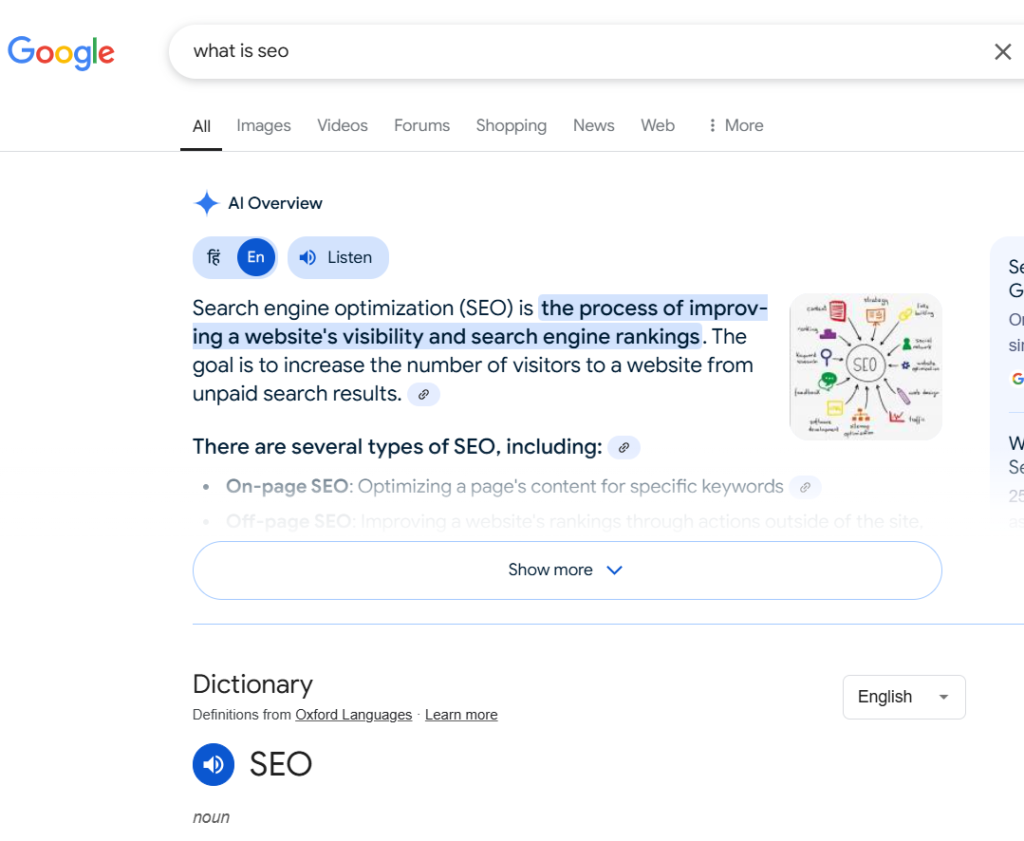
- AI Overview/Search Generative Experience (SGE): Google’s AI-powered summaries provide comprehensive answers synthesized from multiple sources, complete with citations.
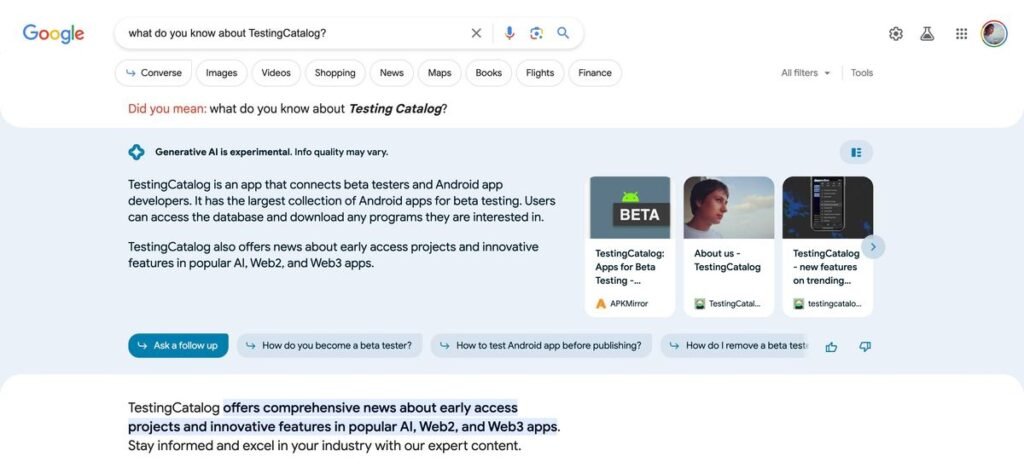
- Rich Snippets: These enhanced listings use structured data to display extra information, such as star ratings, product prices, and event details.
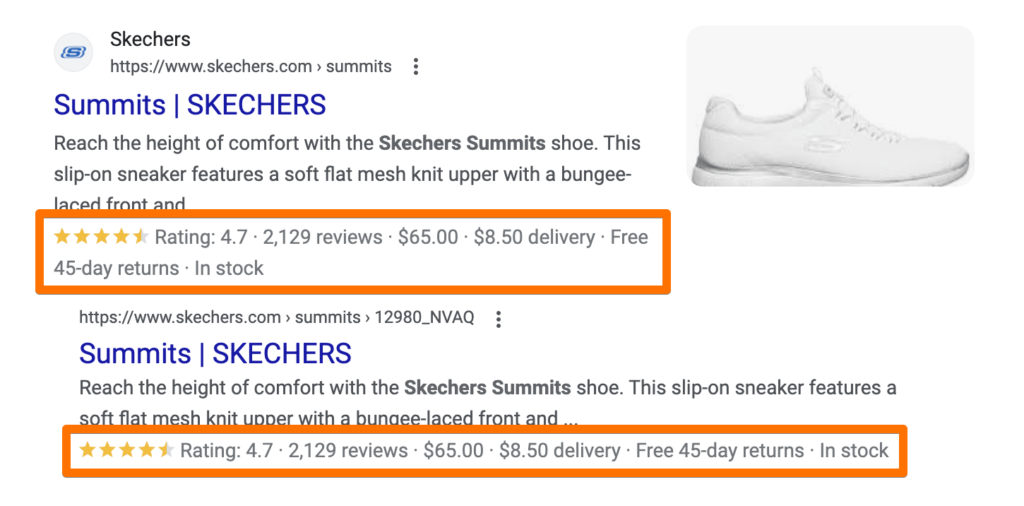
- Knowledge Panels: Information boxes on the right side of desktop searches that display key facts about businesses, people, places, and organizations.
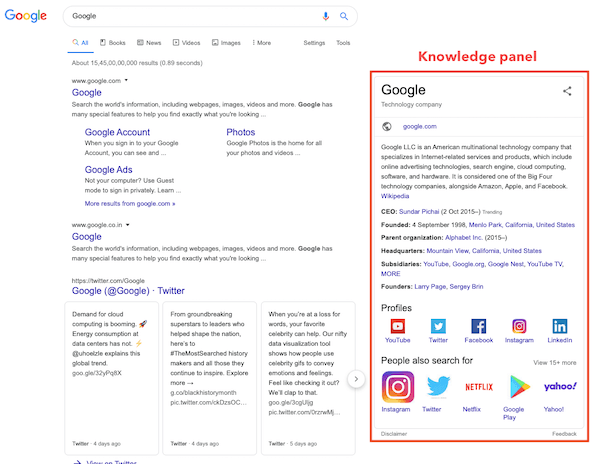
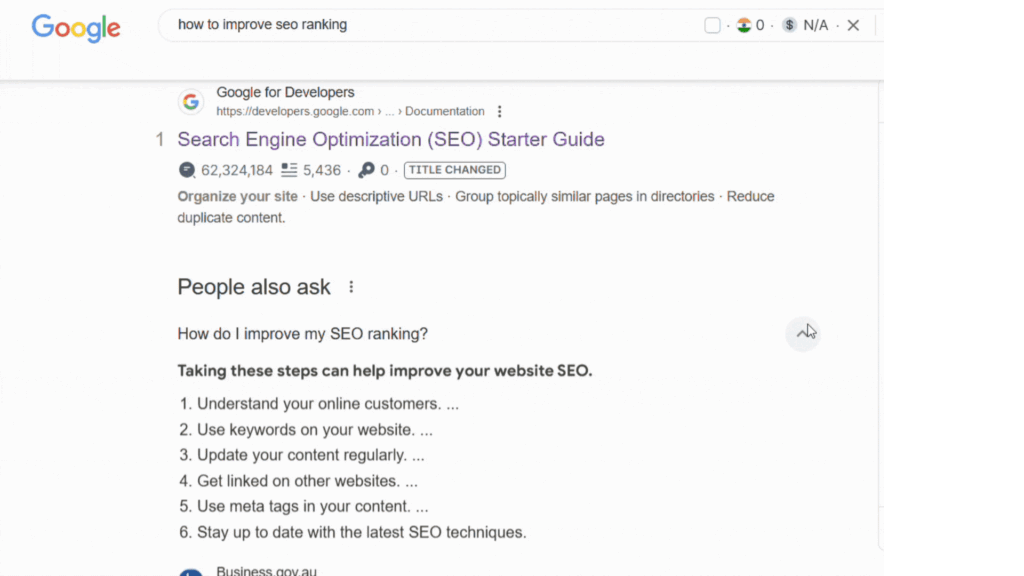
- Local Packs: Groups of three local business listings with maps, crucial for location-based searches.
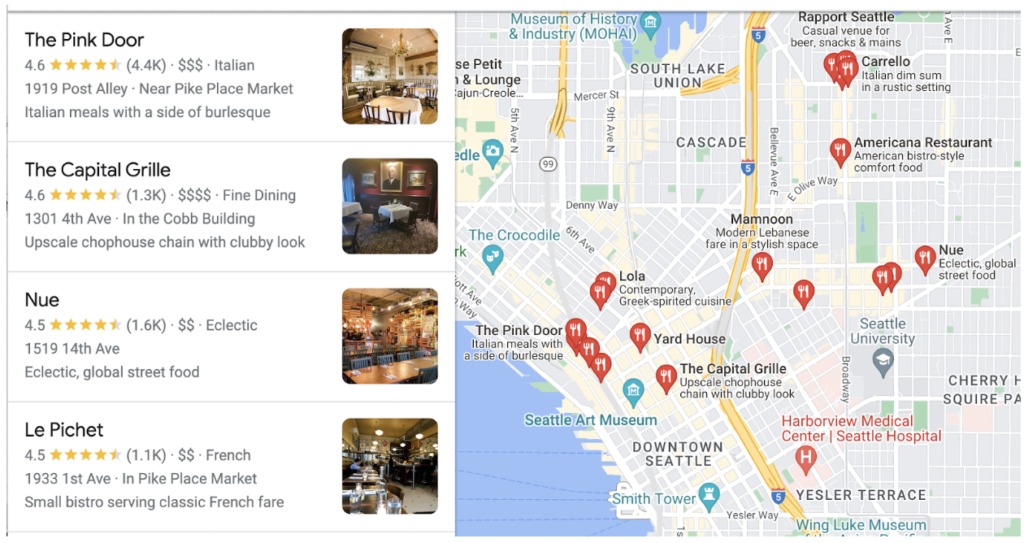
- Shopping/Product Features:
a. Product Carousels: Horizontal scrolling listings with images and prices.
b. Shopping Knowledge Panels: Detailed product information with purchasing options.
c. Merchant Listings: Comparison shopping results from multiple retailers.

- Visual Features:
a. Image Packs: Grid layouts of relevant images.
b. Video Carousels: These are scrollable video results, often from YouTube.
c. Visual Stories: Mobile-friendly web stories.
- News and Editorial Features:
a. Top Stories Boxes: Recent news articles.
b. Publisher Carousel: News from specific publications.
c. Perspectives Carousel: Opinion pieces and editorials.

Why Does SERP Analysis Matter?
SERP analysis is a pillar of any successful SEO strategy. It provides actionable insights into your competition, audience preferences, and search engine ranking factors.
- Understanding Search Intent: Search intent is the ‘why’ behind a user’s query. Are they looking to buy something, learn something, or find a specific website? Analyzing the top-ranking pages helps you understand what users expect to find when they search for a particular keyword.
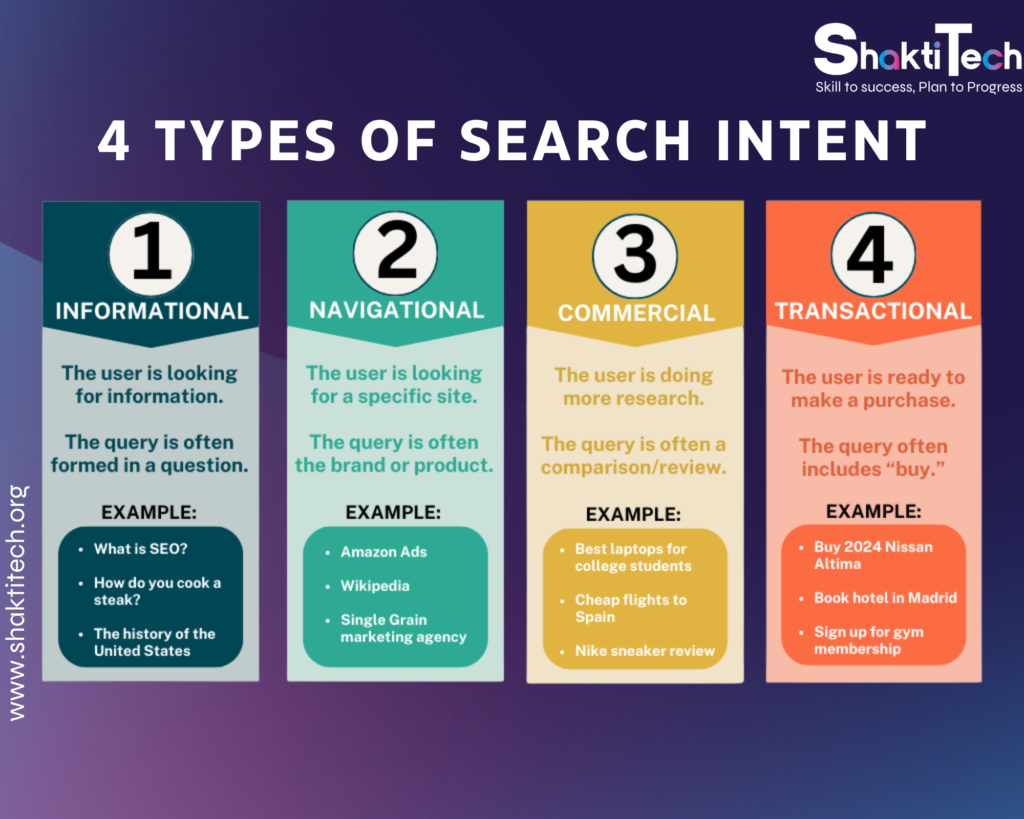
- Uncovering Competitor Strategies: By studying the top results, you can identify what your competitors are doing right. This includes their content depth, keyword optimization, use of multimedia, and backlink profiles. It also helps you spot gaps in their strategies, giving you opportunities to outperform them.
- Identifying Keyword Opportunities: Not all keywords are created equal. SERP analysis helps you find “low-hanging fruit”—keywords with manageable competition that still attract significant search volume. These opportunities are especially valuable for smaller websites.
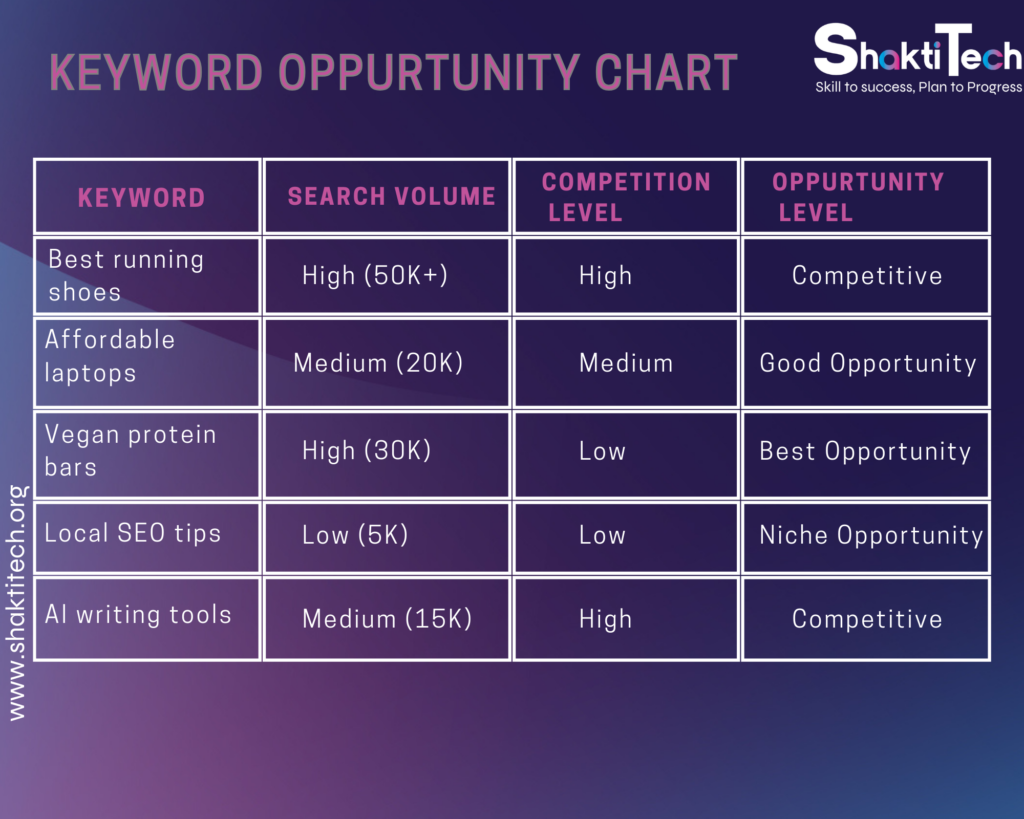
- Optimizing for SERP Features: Appearing in SERP features can significantly increase your visibility and click-through rates. SERP analysis helps you identify which features appear for your target keywords and what type of content Google pulls into them.
How to Conduct SERP Analysis in 4 Steps?
“Ranking on Google isn’t just about creating great content—it’s about understanding the competition and the search landscape. If you want to outrank your competitors, you need an expert approach. That’s where SERP analysis comes in!
- Identify Your Target Keywords: Start by choosing the keywords you want to target. Focus on keywords that are:
- Aligned with your audience’s interests
- Promote your business goals
- Not too competitive
- Attract adequate search volume
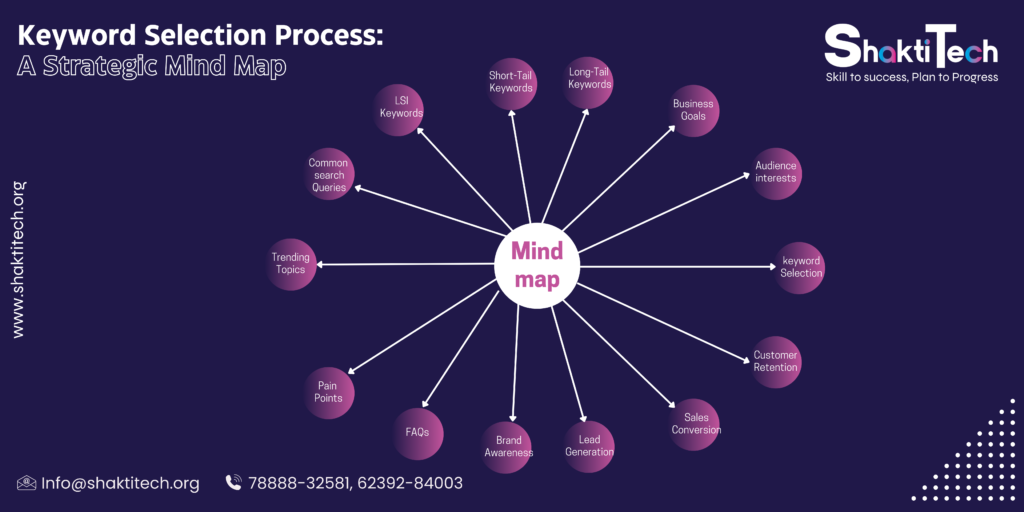
- Analyze the SERP Landscape: examine the search results, considering:
- Desktop vs. mobile differences
- Location and personalization impact
- SERP feature opportunities
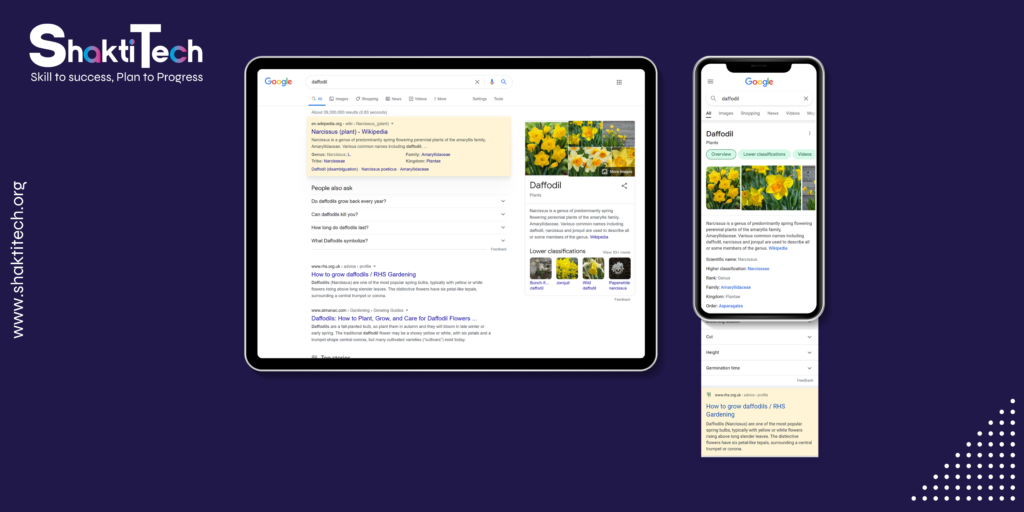
- Evaluate Top-Ranking Pages: Examine the top-performing content in detail. Consider:
- Content quality
- SEO best practices
- Multimedia usage
- Look for Content Gaps and Opportunities: Find opportunities to differentiate yourself by identifying where existing content falls short. Ask:
- Are there unanswered questions?
- Can you provide more up-to-date information?
- Are there overlooked keywords or subtopics?
By following these four steps, you won’t just compete—you’ll dominate the search results. The key is to continuously analyze, adapt, and optimize. Are you ready to take your SEO to the next level?
Tools for SERP Analysis
Several tools can aid in SERP analysis: images
- Ahrefs: Offers insights into keyword rankings, backlink profiles, and competitor analysis.
- SEMrush: Provides comprehensive data on keyword performance, site audits, and competitive intelligence.
- Moz Pro: Features keyword research, link building, and site optimization tools.
- Google Search Console: A free tool that helps monitor your site’s presence in Google SERPs.
“The success of SEO is not about tricking Google. It’s about partnering with Google to provide the best search results for users.” – Phil Frost
FAQS
Is SERP analysis different for local SEO?
Yes, SERP analysis for local SEO involves paying attention to local packs, business profiles, and location-based keywords.
How does assessing search intent improve SERP analysis?
Assessing search intent helps you understand whether users are looking for informational, navigational, commercial, or transactional content, allowing you to tailor your content accordingly.
What are some common SERP features to consider during analysis?
Common SERP features include featured snippets, knowledge panels, business profiles, “People Also Ask” boxes, image packs, and video carousels.
How can I identify keyword opportunities through SERP analysis?
By analyzing the competition and identifying content gaps, you can find low-hanging fruit keywords with manageable competition and significant search volume

Comments (1)
Mastering SEO Ranking 2025: Key Changes & How to Stay on Topsays:
February 16, 2025 at 4:41 pm[…] To explore this concept further, check out our detailed guide on related topic. […]